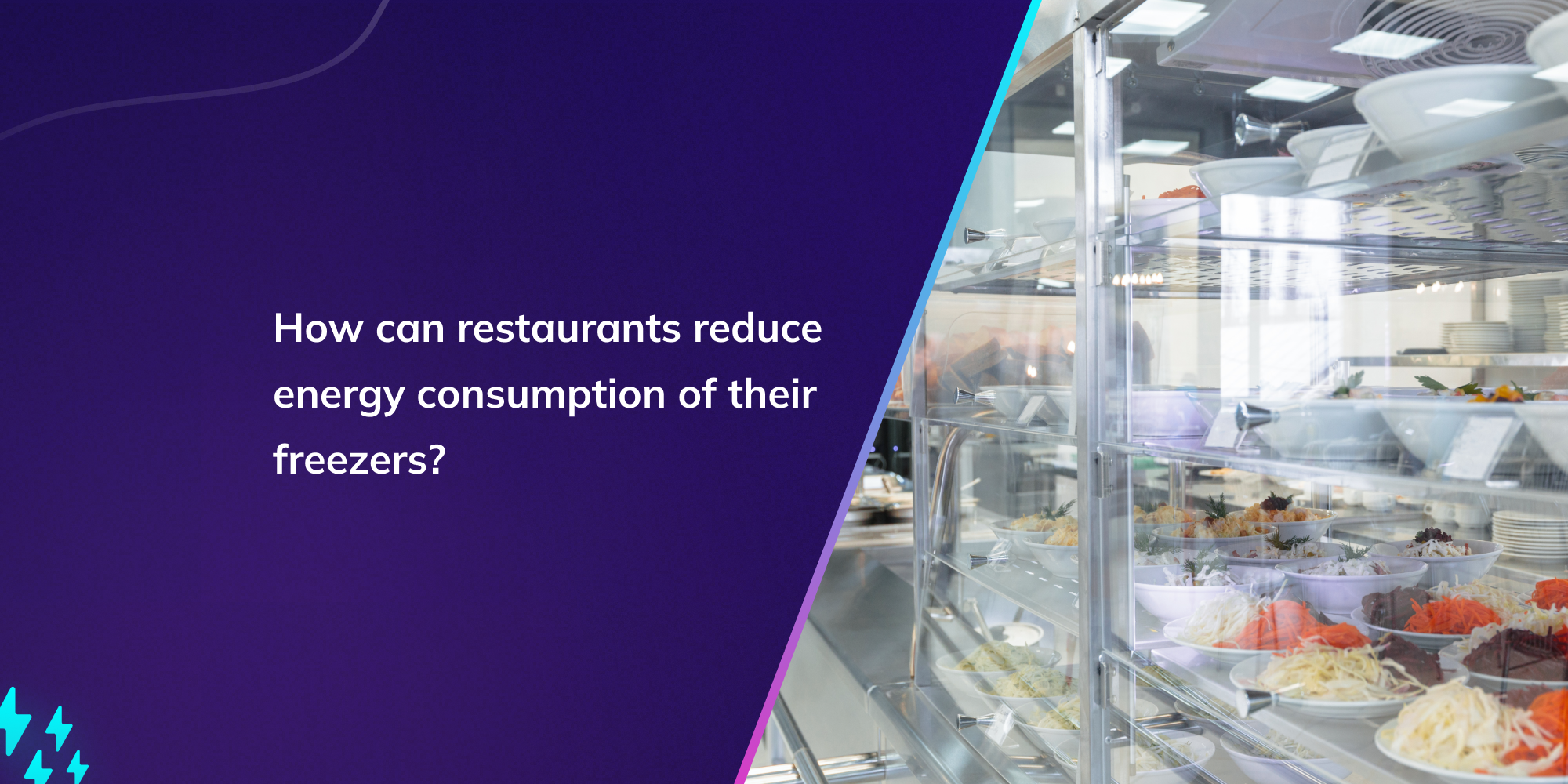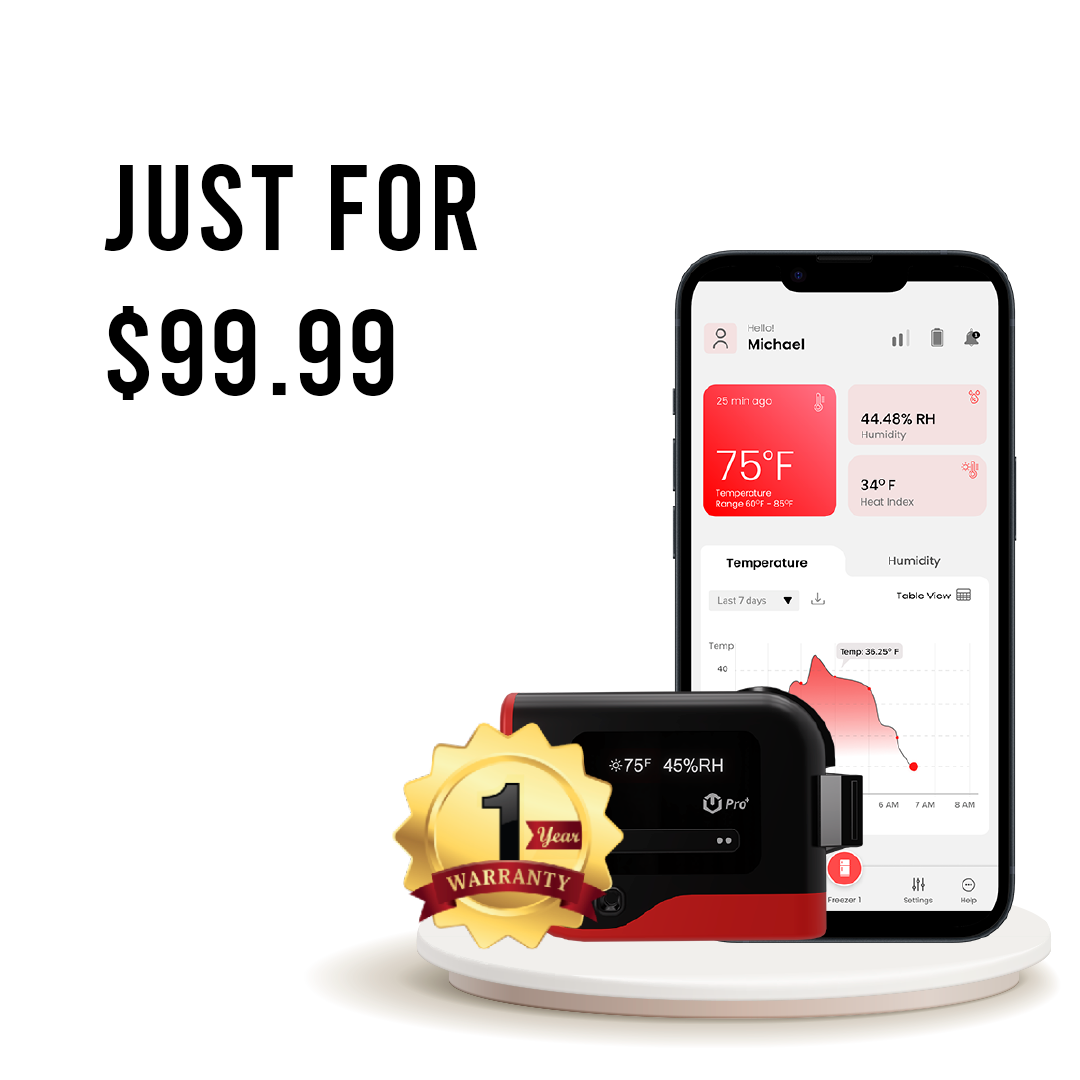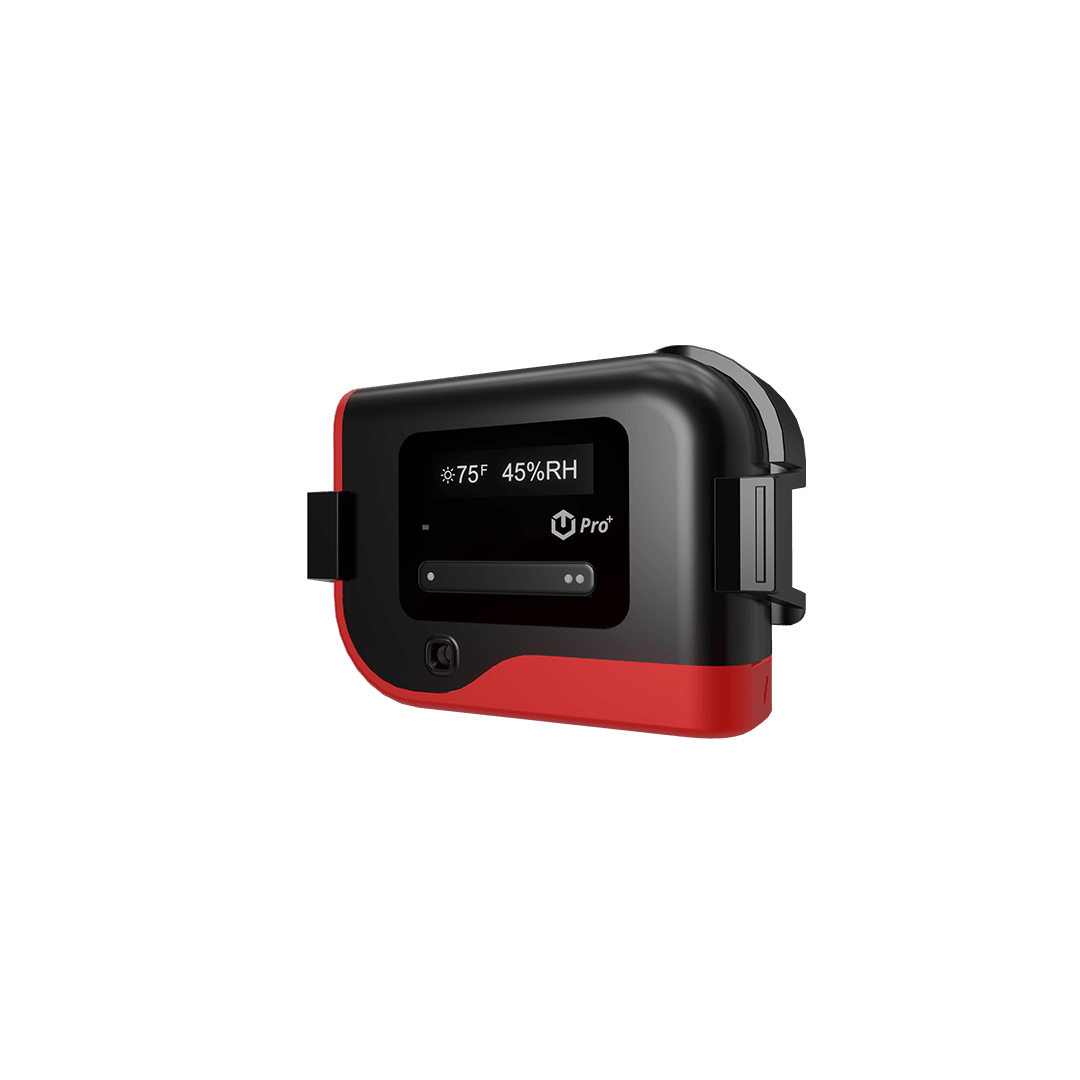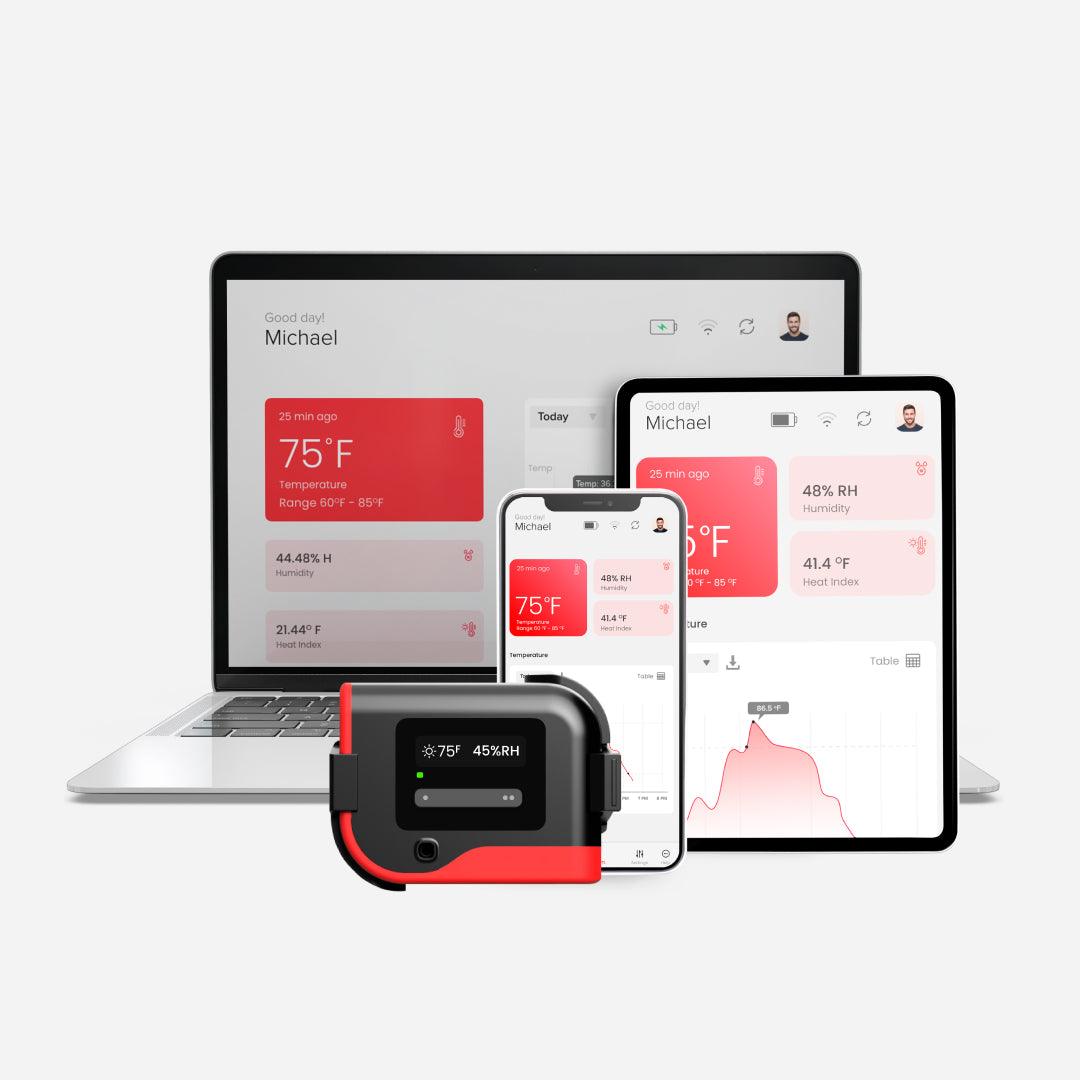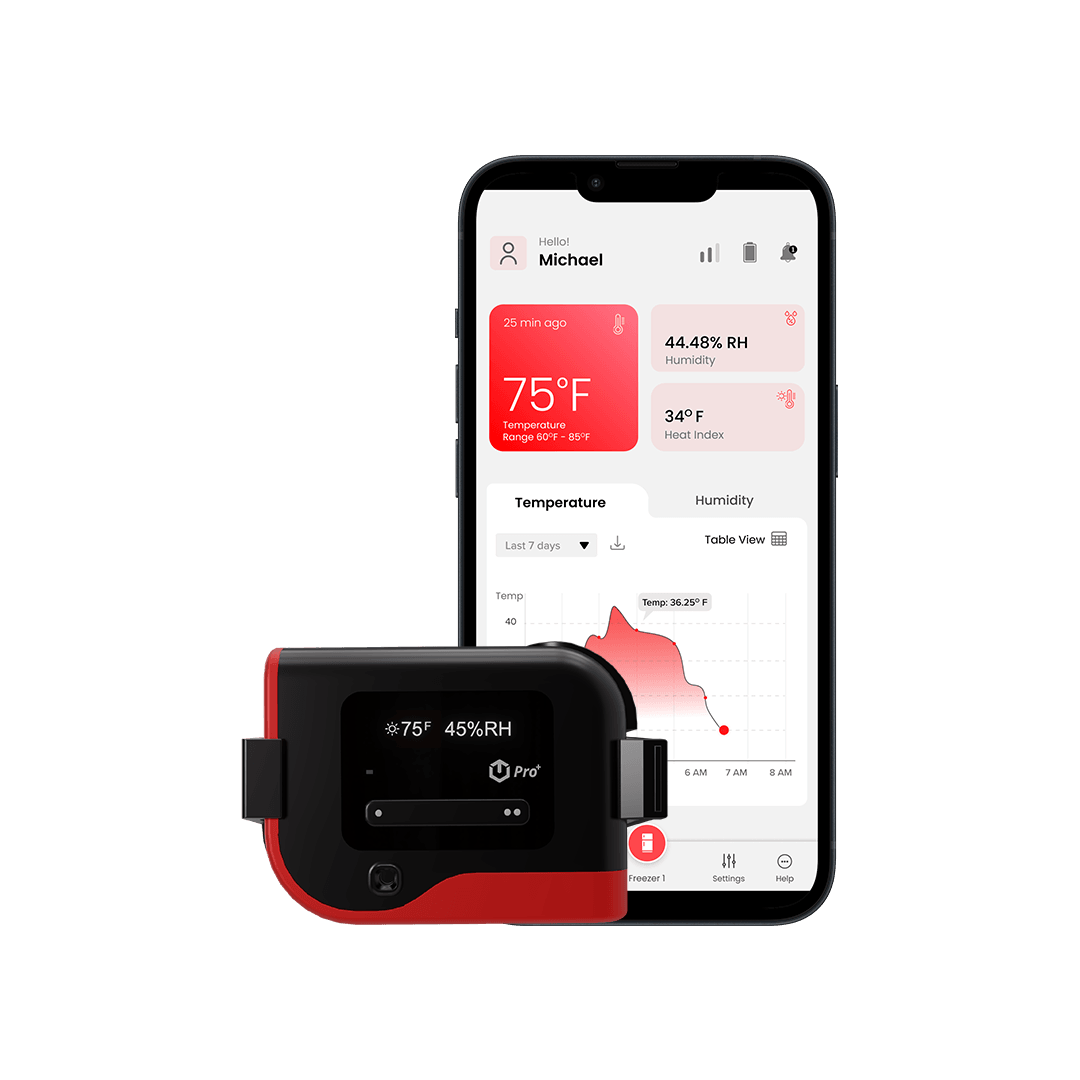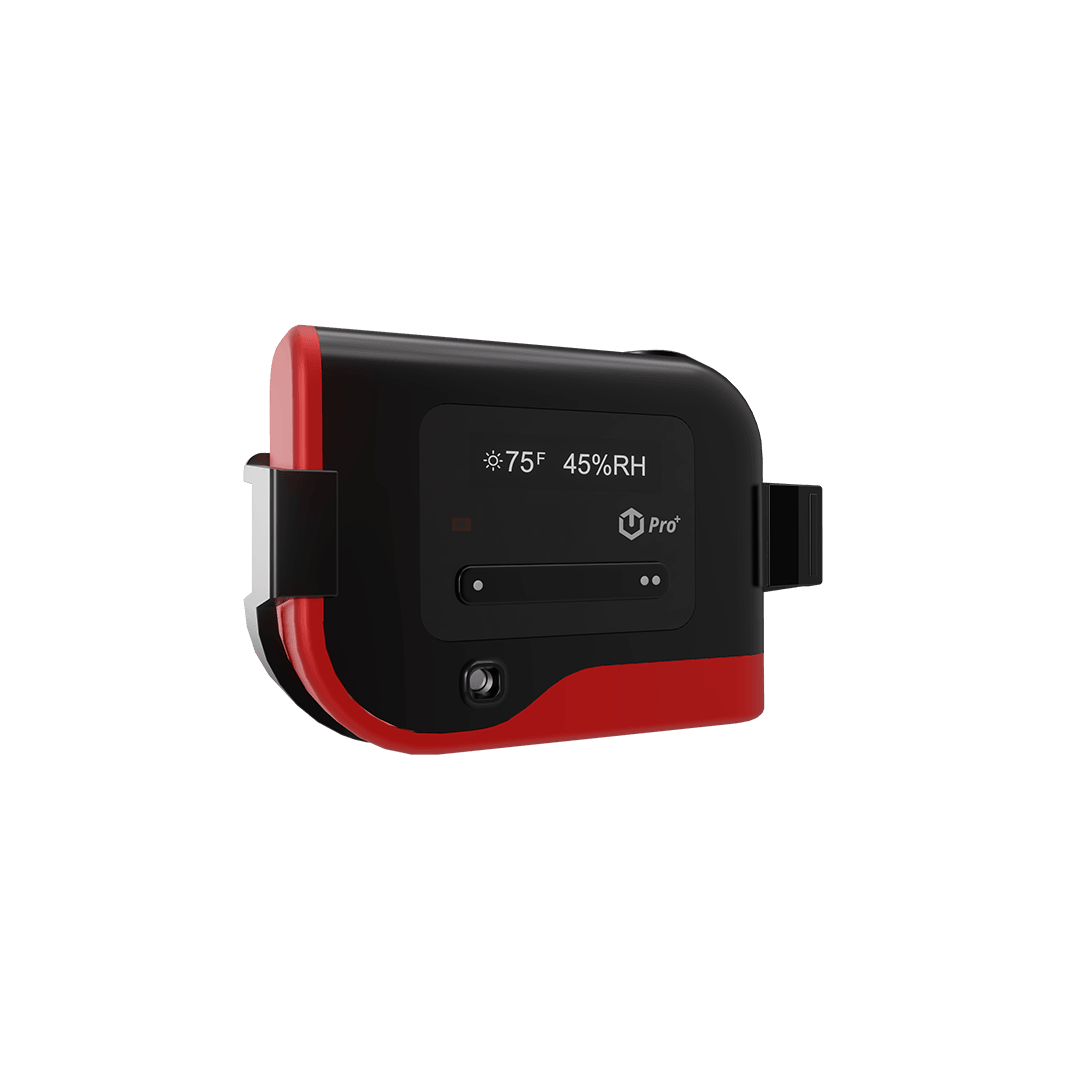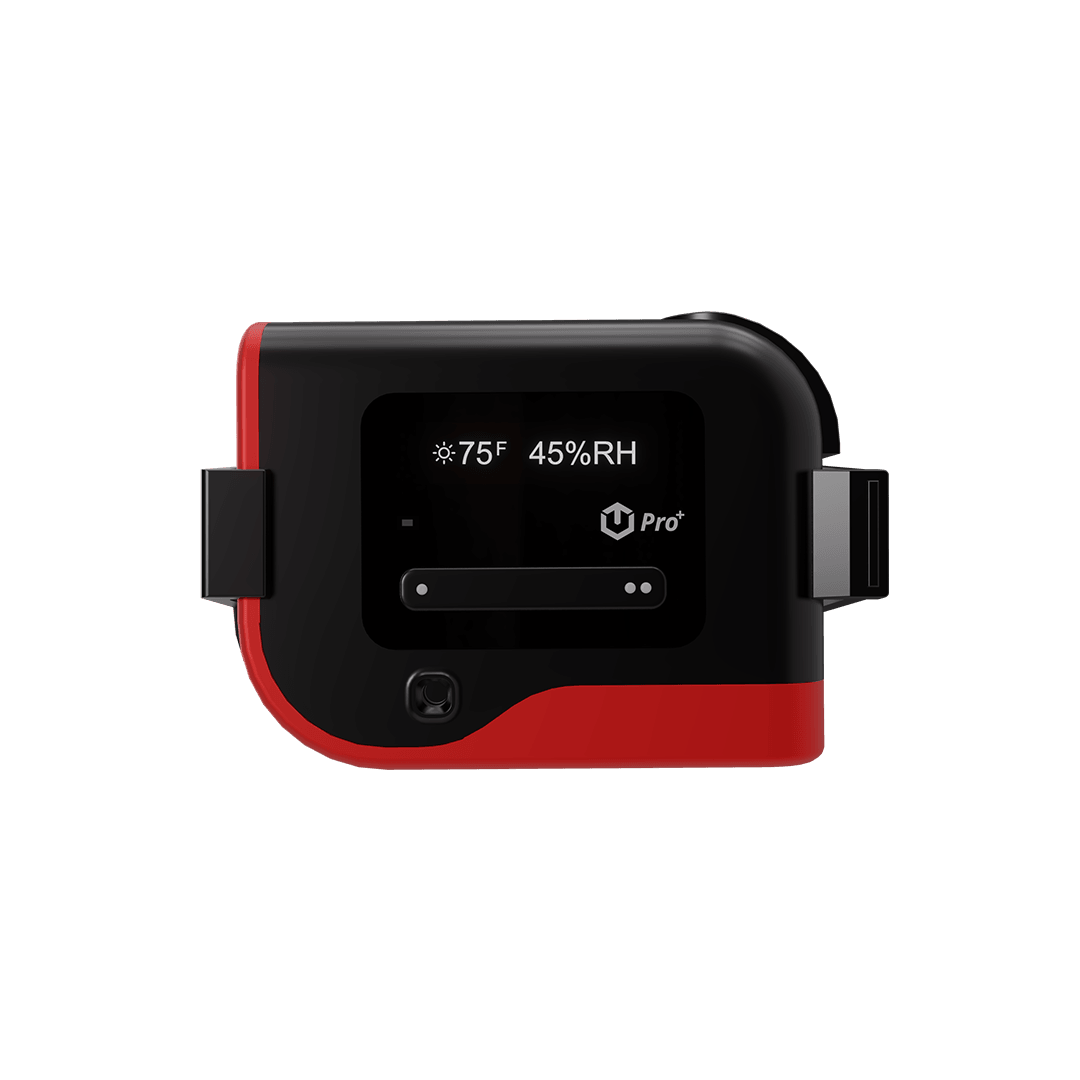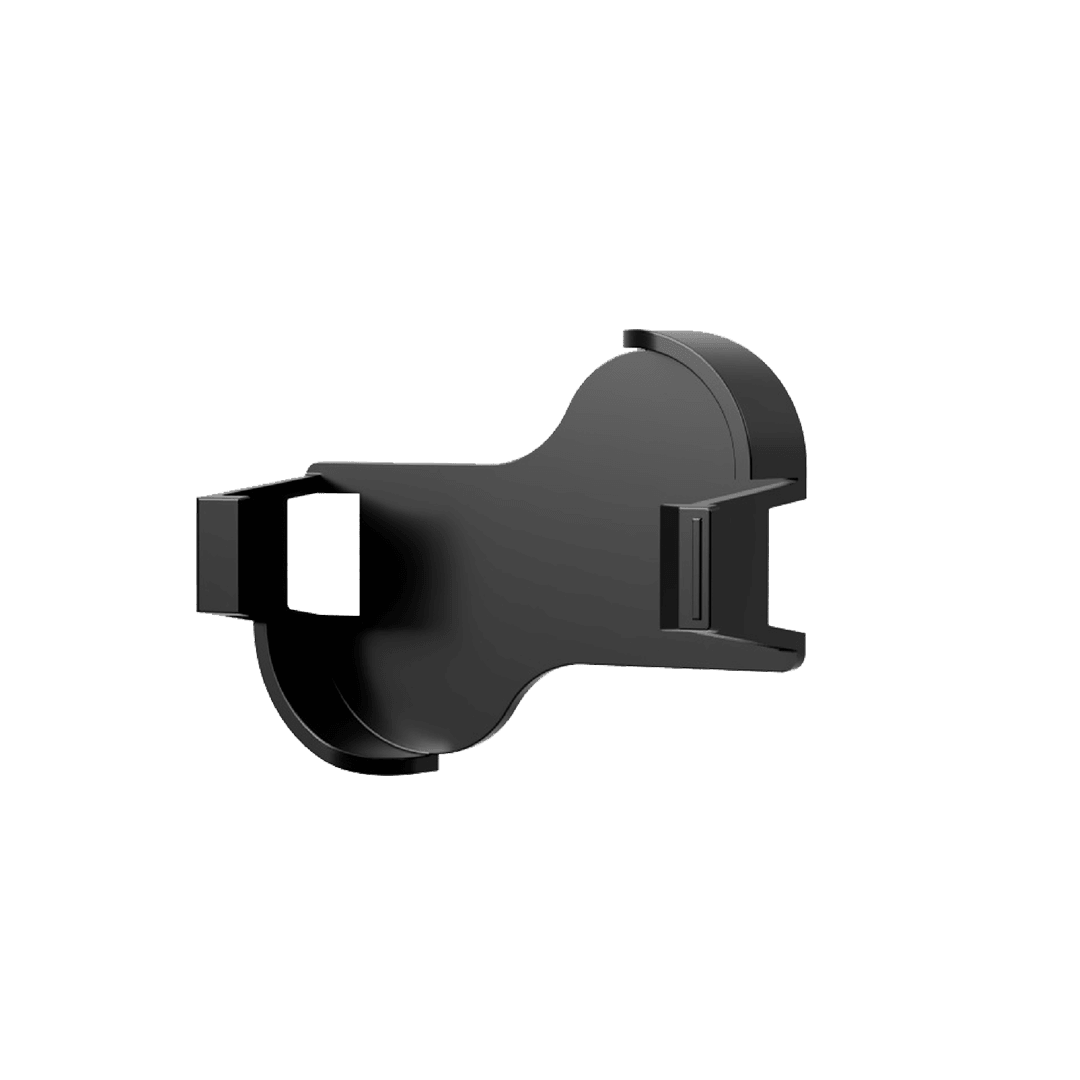Welcome to our latest blog post, where we're diving into a hot topic for every restaurant owner out there: reducing energy consumption of freezers. It's no secret that running a restaurant comes with its fair share of operational costs, and energy consumption is a significant chunk of that. Particularly, freezers, which are essential in preserving the quality of food, can be quite the energy hogs. But, the good news is, there are several practical steps that restaurants can take to minimize energy usage without compromising on food safety or quality. Whether you're a small café or a large dining establishment, these energy-saving tips are bound to help you cut down on costs and contribute to a greener planet. Stay tuned as we reveal how to make your freezers more efficient and explore the benefits of gadgets like the tempCube Pro in achieving energy efficiency.
Understanding the Impact of Freezer Energy Consumption in Restaurants
Overview of energy consumption in restaurants
Running a restaurant involves juggling a lot of moving parts, and among these, managing energy consumption is crucial. Restaurants are energy-intensive establishments, with refrigeration units such as freezers being significant contributors to energy bills. The fact is, freezers run 24/7, ensuring that food stays at the proper temperatures to maintain safety and quality. However, this constant operation means they can consume a substantial amount of energy. The efficiency of these units directly influences the overall energy expenditure of a restaurant. As electricity costs rise and environmental concerns become more pressing, understanding and reducing the energy consumption of freezers is not just beneficial but necessary for sustainable operation.
Importance of reducing energy usage in freezers
Reducing energy usage in freezers is essential for several reasons. Firstly, it can lead to significant cost savings. Cutting down on energy consumption lowers utility bills, thus improving the restaurant's bottom line. Secondly, it contributes to a restaurant's sustainability efforts. Lower energy consumption means a smaller carbon footprint, aligning with the growing consumer preference for eco-friendly dining options. Lastly, optimizing energy use in freezers can enhance their performance and extend their lifespan, reducing the need for costly repairs or replacements. Thus, focusing on energy-efficient practices for freezers is a win-win for restaurants, the environment, and the community.
Energy-Saving Tips for Restaurants
Regular maintenance of freezers
One of the most straightforward ways to ensure your freezers are operating efficiently is through regular maintenance. Here are a few maintenance tips that can make a difference:
- Check and clean the door seals: Make sure the seals are in good condition and clean them regularly to prevent air leaks. A tight seal keeps the cold air in and the warm air out, reducing the energy needed to maintain the set temperature.
- Defrost regularly: Ice buildup can force freezers to work harder, increasing energy consumption. Manual defrosting, as per the manufacturer's instructions, can help maintain efficient operation.
- Clean the condenser coils: Dust and debris on the coils can impede heat transfer, making the freezer’s compressor work harder. Cleaning the coils at least twice a year can improve efficiency.
- Check the temperature setting: Ensure that the freezer is set at the appropriate temperature for its contents. Overcooling can lead to unnecessary energy use.
Proper organization of freezer contents
How you stock your freezer can also impact its energy efficiency. Follow these organizational tips for better energy management:
- Do not overfill: While a well-stocked freezer operates more efficiently than an empty one (as the cold items help maintain the temperature), overfilling can block air vents, hindering air circulation and making the freezer work harder.
- Use clear, labeled containers: Organizing food in transparent, labeled containers not only helps with inventory management but also reduces the time the door remains open. The less time spent searching for items, the less warm air enters the freezer, which reduces the energy required to cool it back down.
- Rotate stock: Practice first in, first out (FIFO) to reduce the need for opening the freezer multiple times, which in turn, conserves energy.
Upgrade to energy-efficient freezers
- Investing in newer, more energy-efficient freezer models can have a significant impact on a restaurant's energy consumption. Look for freezers with an ENERGY STAR label, which indicates the unit meets strict energy efficiency guidelines set by the U.S. Environmental Protection Agency:
- Consider tempCube Pro: Upgrading to advanced models like tempCube Pro can offer enhanced energy-saving features. These units are designed with the latest technology to minimize energy use without compromising performance.
- Look into features like smart temperature management: Modern freezers often come with smart features that adjust cooling based on the contents and usage patterns, optimizing energy consumption.
- Choose the right size: Ensure that the new freezer meets your needs without being overly large, as bigger units consume more energy.
By understanding the impact of freezer energy consumption and implementing these energy-saving tips, restaurants can significantly reduce their energy usage. Regular maintenance, proper organization, and investing in energy-efficient models are practical steps that can lead to substantial savings and contribute to a more sustainable operation. As the industry moves towards eco-friendlier practices, embracing these measures can not only help reduce operational costs but also enhance a restaurant's reputation among environmentally conscious consumers.
Implementing the Use of tempCube Pro Technology
As the food industry continually seeks ways to minimize operational costs without compromising quality, innovative technologies come to the forefront. One such advancement is the tempCube Pro technology, designed to revolutionize how restaurants manage their energy consumption, particularly in the realm of freezers.
Introduction to tempCube ProThe tempCube Pro is not your average temperature monitoring device. This compact, cutting-edge gadget offers real-time temperature monitoring and control, specifically catering to the rigorous demands of restaurant freezers. What sets it apart is its ability to connect seamlessly to any smart device, providing restaurant managers and owners with up-to-the-minute alerts and the capability to adjust freezer temperatures from anywhere, anytime. The simplicity of installation and user-friendly interface makes it an attractive addition to any restaurant looking to optimize their freezer operations.
Benefits of using tempCube Pro in restaurants
Reduces Energy Consumption Efficiently
One of the most significant advantages of incorporating tempCube Pro into restaurant operations is the potential for substantial energy savings. By allowing precise control over freezer temperatures, it ensures that freezers are not unnecessarily overworking, a common issue that leads to excessive energy consumption. Adjusting freezer temperatures to optimal levels, depending on the contents and required storage conditions, can lead to dramatic reductions in electricity usage.
Minimizes Food Spoilage
The tempCube Pro helps maintain the ideal temperature within freezers, crucial for minimizing the risk of food spoilage. The real-time alerts notify staff immediately if temperatures deviate from set ranges, enabling swift action to correct any issues before they can affect food quality. This not only ensures that customers are always served fresh, high-quality meals but also cuts down on waste, saving restaurants significant amounts of money.
Enhances Operational Efficiency
Another notable benefit is the enhancement of operational efficiency. With tempCube Pro, the painstaking task of manually checking and recording freezer temperatures becomes obsolete. Staff can focus their efforts on other critical areas of the business, knowing that freezer temperatures are being monitored and managed automatically. This increase in efficiency can lead to smoother operations and a more profitable business.
Provides Peace of Mind
Lastly, the adoption of tempCube Pro technology offers restaurant owners and managers unparalleled peace of mind. The assurance that freezers are operating optimally, 24/7, without the need for constant physical oversight, relieves a significant operational burden. This psychological benefit cannot be underestimated, as it allows restaurant professionals to devote more energy to other aspects of their business, secure in the knowledge that their cold storage is in competent hands.
Incorporating tempCube Pro technology presents an array of benefits that go beyond mere energy savings. It represents a comprehensive solution to several challenges faced by modern restaurants, promising not only reduced operational costs but also improved food quality and operational efficiency.
Monitoring and Tracking Energy Consumption
Understanding your restaurant's energy consumption is crucial to identifying areas for improvement and implementing strategies to reduce operating costs. Monitoring and tracking are essential steps in managing your energy use effectively, ensuring your efforts to cut down on freezer energy costs are successful.
Importance of Tracking Energy Usage
Tracking your energy usage allows you to establish a baseline of how much energy your freezers and other equipment consume. By doing this, you can set realistic goals for reducing consumption and monitor your progress over time. It also helps you to identify peak usage times, potentially leading to energy-saving adjustments in how and when equipment is used. This deliberate approach can significantly lower energy bills and contribute to your restaurant's sustainability goals.
Tools and Techniques for Monitoring Energy Consumption
A variety of tools and techniques can aid in efficiently tracking and monitoring energy consumption, from basic methods to advanced solutions. Here are a few you might consider:
- Energy Audits: Hiring a professional to conduct an energy audit of your premises can provide a comprehensive view of your restaurant's energy use and pinpoint specific areas for improvement.
- Smart Meters and Energy Management Systems: These systems offer real-time data on energy consumption, allowing for immediate adjustments and fostering a culture of energy efficiency among staff.
- tempCube Pro: An innovative device designed for commercial settings, the tempCube Pro helps track freezer temperatures and energy use. It can send alerts for unusual activity, which could indicate potential energy wastage or the need for maintenance.
Incorporating regular monitoring and utilizing these tools can ensure your energy-saving measures are effective and sustainable, turning what seemed like a daunting task into a manageable and rewarding process. By being proactive about energy consumption, restaurants not only save on costs but also contribute positively to environmental conservation.
